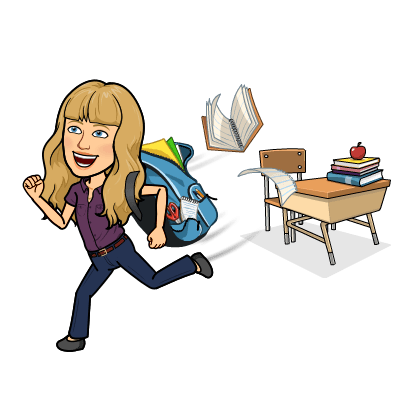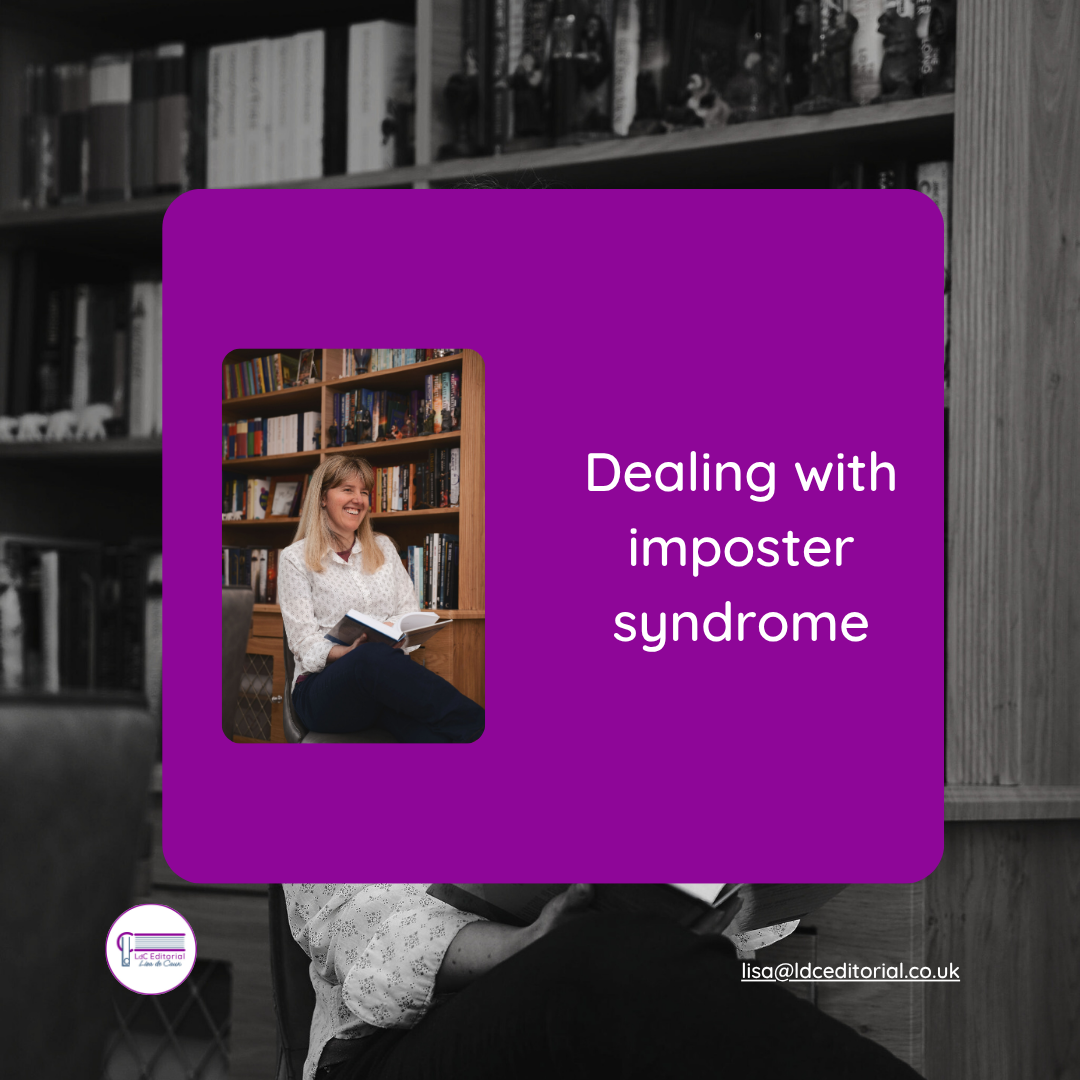#PreparingToPublish: I’m writing a book. When can an editor help?
Understanding where you are in the publishing process

The publishing process can be daunting for a first-time author. There’s a lot to it.
I’m going to talk about the production part of the process and how editing fits in.
It’s a big process so we’ll break it down, and you’ll be able to see when editors could be part of your book team.
Where are you in the publishing process?
Understanding where you are in the publishing process is the first step.
This blog aims to help you with that.
Here’s a quick view of editing in the traditional publishing process:

Understanding the order of editing helps get the best value for your time, effort and money.
This way you can avoid stumbling over the process.
For instance, stay on top of version control. If you’ve sent your final draft for copyediting, don’t make changes until the copyeditor returns your manuscript.
I’m going to give a high-level overview of each type of editing, and refer to the major milestones.
If you’d prefer to talk about this, you could book an editorial cuppa or drop me an email, so we can talk about your book, how you’d prefer to publish, and where you’re up to.
Self-editing
You know what you want to share with your readers, you’ve completed your first draft, and you’ve got all your thoughts out of your head and onto the page.
Self-editing is your own first double-check. (Double-checking is crucial to editing.)
Now you can read your book, and move chapters, paragraphs, sentences and words around.
You may also spot typos at this stage.
My top four self-editing tips:
Read it aloud

Read it slowly. You’ll engage your ears as well as your eyes and you’ll pick things up – like repeated words or phrases that don’t sound quite right.
Zoom in

It’s easier to spot unintended typos when you zoom in – like two full stops in a row or if your quotation marks are facing the wrong way.
Build a checklist

A checklist keeps you on track. There’s so much involved in editing, and this keeps your mind in the game. Even if it’s only how many times you’ve reread your manuscript and which version number you’ve reached.
Take a break

I always sleep on an edit before I finalise it. This is about a shift in perspective. And it’s valuable.
After self-editing, you’re ready to get someone else involved.
It’s so important to have another set of eyes on your words.
Developmental editing
We’re looking at your first draft and the big picture now – a revision of content and structure. Your book's framework.

Developmental editing can be helpful, and can be accessed, at different stages.
You might work with a traditional publisher and their commissioning editor could give you a proposal, or you could build a content outline with a book coach.
Then, after you’ve completed your first draft, you could work with a developmental editor, and book a manuscript review.
A book coach could support, and perhaps guide, your writing throughout the process.
And you can work with beta readers. Beta reading can come before or after copyediting. Whichever you prefer.
You may have a professional beta read (a service I offer for business books), or your beta reader may be someone engaged in the area you’re writing in, a friend or a colleague.
At the developmental editing stage, you might hear that Chapter 5 is really good, and it would be even better if it became Chapter 2, as it would be more powerful if it came earlier.
The focus is on structure. Developmental editing helps you focus on your reader.
Grammar, spelling and punctuation aren’t the priority at this point.
Once all changes are processed, you will have reached your final draft. A major milestone.
Copyediting
Copyediting is the line-by-line edit before typesetting.
You may hear copyediting and line editing offered as two separate services (especially if you're writing fiction). This depends on the editor you choose to work with.
I’m going to talk about it all as one service, as that’s how I work.

If you’re publishing with a traditional publisher, they’ll probably choose the professional copyeditor for you, and, if you’re self-publishing, you’ll need to find a copyeditor who suits you and your book.
Authors worry about handing their book over to an editor. They worry that it will come back and their voice will have been changed.
If the editor is worth their salt, that won’t happen.
This is why it’s important that you find the right editor for you.
Respecting your voice is really important to me, and, when I talk about this with my colleagues, they feel the same way.
It’s your book. And getting to be part of your book team is such a pleasure!
At this stage, editing is about consistency, readability, accuracy, grammar, spelling, and punctuation.
This is the first time professional editing will look at grammar, spelling and punctuation.
If you’d like to take a deeper look at how I edit, here’s a blog about it.
Typesetting and design
We’re up to a huge milestone.
This stage is when your manuscript starts to look like a book.

Your copyeditor will have worked on a Word document. Your typesetter/designer will transform it.
A different programme will be used now – something like InDesign.
This transformation will come after discussions with your typesetter/designer, so they can put your book together.
Publication will start to feel very real now!
I’m not an expert in this area – and I’d recommend that you work with a professional.
It’s too important to the editing process not to talk about this stage though.
This is how you get your proofs, which will lead us to proofreading.
Proofreading
Proofreading is the double-check before publication.

Your first proofs are likely to be a PDF showing the layout of the pages of your book.
They’ll come from your typesetter/designer.
Having received your PDF proofs, you send them to your proofreader.
In traditional publishing, you would expect to have a different editor and proofreader – it’s best practice.
Having as many sets of eyes on your book as possible will help to pick up any niggles that could distract your reader.
At this stage, editing is about how things look on the page.
The focus is consistency, grammar, spelling and punctuation.
Your proofreader will also check things like sequential numbering of pages and word breaks.
They’ll refer to the relevant style guide and the copyeditor’s style sheet or their notes.
After this first proofread, the proofs go back to your typesetter/designer to make any amendments needed.
You can see why a ‘quick’ proofread wouldn’t be possible.
If you hear that phrase, people probably mean a quick high-level review.
Now you’re almost ready to put your book into your readers’ hands.
Publication is close!
Proof-editing
Proof-editing is for independent authors who’d like a little more intervention before publication.
There’s no simple definition for proof-editing.

It varies from editor to editor, and it depends…
Maybe you added an extra chapter after the copyedit, and so you’d like a little more intervention using the style sheet you’ve already received…
Maybe it’s still in Word or maybe it’s already been typeset…
Maybe this is the first time in the publishing process that you’ve worked with a professional editor, and you’re wondering how they can help you…
This is where you’ll want to have a proper conversation with your proof-editor to make sure they understand where you’re up to.
Once they understand your context, they’ll be able to support you towards publication!
Publication

Although there are other steps in the publishing process when it comes to production and marketing, I’ve talked about where an editor can help.
Now you, your project manager or coordinating editor can bring the editing together.
For instance, you’ll probably get a second set of proofs, so you can double-check all your amendments have been made.
And if you get an advance reader copy (ARC), this is a chance for more proofreading, and more sets of eyes on the book.
Top tip – double-check the front cover, the back cover and the spine of the book!
Very soon you’ll be ready to enjoy publication. This is a fantastic achievement 🙌

📚 I’m Lisa. I’m an editor and proofreader, specialising in business books and fiction. I spent many years as a chartered accountant before retraining as an editor and proofreader. Now I get to embrace my degree in English lit! Please do book a video call or email me to talk about your book.
#PreparingToPublish
#Editing
#Proofreading
#RespectingYourVoice









